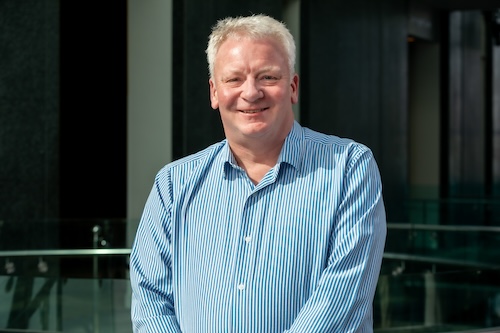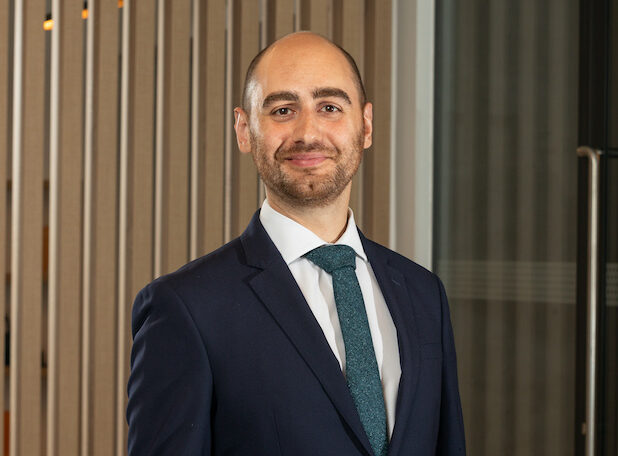Members' Voluntary Liquidations - Your Path to a Smooth Business Closure
When it comes to winding up a solvent business entity, a Members’ Voluntary Liquidation (MVL) is a strategic choice that ensures a seamless and legally compliant closure.
What is a Members' Voluntary Liquidation
A Members’ Voluntary Liquidation (MVL) is a voluntary process used to close a solvent company. It’s initiated by directors and involves a declaration of solvency, a shareholder resolution, and the appointment of a liquidator.
This method orderly distributes assets among shareholders while potentially offering tax advantages. MVLs are chosen when companies want to wind up operations when financially healthy.

How Xeinadin can assist
01
Unparalleled Expertise
Our team of highly skilled insolvency practitioners boasts a deep understanding of MVL procedures. With years of experience, we provide you with step-by-step guidance, ensuring that every aspect of the process is meticulously managed.
02
Customised Solutions
We recognise that every business is unique. Our MVL services are tailored to your company’s specific financial situation and goals. Whether you’re a small enterprise or a large corporation, we craft strategies that align with your objectives for a seamless closure.
03
Compliance and Regulation
Navigating the legal landscape of business closures can be complex. Our experts are well-versed in the latest regulations and compliance requirements. Rest assured, your MVL will be executed in full accordance with legal standards, safeguarding you from potential future issues.
04
Financial Optimisation
A Members’ Voluntary Liquidation can offer financial benefits to shareholders, including potential tax advantages. Our practitioners analyse your financial structure to help you maximise these benefits, making the most of your business’s remaining assets.
05
Transparent Process
We believe in clear communication at every step. Throughout the MVL process, we keep you informed about progress, milestones, and any developments, ensuring you’re in the loop and confident in the journey ahead.
06
Timely Execution
We understand the importance of closing your business promptly and efficiently. Our team works diligently to ensure that the MVL process is executed within the designated time frame, helping you transition to the next chapter swiftly.
Realise the value of a business through MVL
A Member’s Voluntary Liquidation (MVL) is a tax-efficient way to return funds to shareholders. But how do you realise the value? Find out more in this Whitepaper
Get in touch
Whether you have a clear goal in mind or are open to exploring possibilities, we’re at your service to assist you.
FAQs
A Members’ Voluntary Liquidation (MVL) is a formal process used to wind up a solvent company’s affairs and distribute its assets among shareholders. This voluntary procedure is initiated by the company’s directors and is suitable when the company is financially sound but the shareholders decide to close it down.
An MVL is appropriate when your company is solvent, meaning its assets exceed its liabilities, and the directors and shareholders have decided to cease trading and distribute the company’s assets among shareholders in an orderly manner. It’s commonly used for retirement, restructuring, or the conclusion of a business’s lifecycle.
Opting for an MVL can offer several benefits, including potential tax advantages for shareholders due to the capital gains tax treatment, better control over the winding-up process, and a legally compliant way to close the business while distributing assets among shareholders.
The duration of the MVL process can vary based on the complexity of the company’s affairs, the number of assets to be realised, and other factors. On average, an MVL usually takes around 3 to 12 months to complete.
Directors initiate the MVL process by making a formal declaration of solvency. Shareholders then pass a special resolution to wind up the company. The appointed liquidator takes charge of realising the company’s assets, settling any outstanding liabilities, and distributing the remaining funds among shareholders.
The liquidator can be chosen by the company’s directors or shareholders. It’s important to select a licensed insolvency practitioner who has the necessary experience and expertise to handle the MVL process effectively.
The appointed liquidator takes control of the company’s assets, which are then sold or realised. The proceeds are used to pay off any outstanding debts and liabilities. After settling these obligations, the remaining funds are distributed among shareholders according to their shareholding proportions.
No, an MVL is initiated when the decision has been made to cease trading. The company’s main purpose during the MVL process is to realise its assets, settle its debts, and distribute the remaining funds to shareholders.
MVLs can have tax implications, particularly for shareholders. In many cases, shareholders can benefit from capital gains tax treatment, which may result in lower tax rates compared to income tax rates. It’s recommended to consult with tax professionals to understand the specific tax implications for your situation.
If you’re considering an MVL for your company, it’s essential to consult with experienced Insolvency Practitioners who specialise in this process. Reach out to our team for a free consultation, where we can discuss your company’s unique situation and provide tailored guidance for a successful MVL process.
Speak to an expert
When it’s time to bring your business journey to a close, our dedicated Insolvency Practitioners are here to guide you through the Members’ Voluntary Liquidation process.
With unmatched expertise, personalised strategies, and a commitment to compliance, we ensure a smooth and successful closure that sets the stage for new beginnings.
Contact us today to embark on your MVL journey with confidence.

Our Corporate Recovery advisors specialise in:
Our Corporate Recovery advisors specialise in:
Related Insights

Xeinadin Corporate Recovery host R3 event
As part of their continued support of R3, Xeinadin Corporate Recovery recently hosted their North-West International Women’s Day event in the Manchester office. Allan Cadman is currently the North west representative on National Council and has recently held the position of Chairman of the North West Regional Committee. R3 is the UK’s pre-eminent representative body […]Read more
Contact your local advisor
This website uses cookies
With these cookies, we and third parties can collect information about you and your internet behaviour, both within and outside our website. Based on this, we and third parties adjust the website, our communication, and advertisements to your interests and profile. You can read more information in our cookie statement.
If you opt for acceptance, we will place all cookies. If you opt for rejection, we will only place functional and analytical cookies. You can adjust your preferences at a later time.
This website uses cookies
With these cookies, we and third parties can collect information about you and your internet behaviour, both within and outside our website. Based on this, we and third parties adjust the website, our communication, and advertisements to your interests and profile. You can read more information in our cookie statement.
Functional cookies are essential for the proper functioning of our website. They allow us to enable basic functions such as page navigation and access to secure areas. These cookies do not collect personal information and cannot be disabled.
Analytical cookies help us gain insight into how visitors use our website. We collect anonymised data about page interactions and navigation, enabling us to continuously improve our site.
Marketing cookies are used to track visitors when they visit different websites. The goal is to display relevant advertisements to the individual user. By allowing these cookies, you help us show you relevant content and offers.








